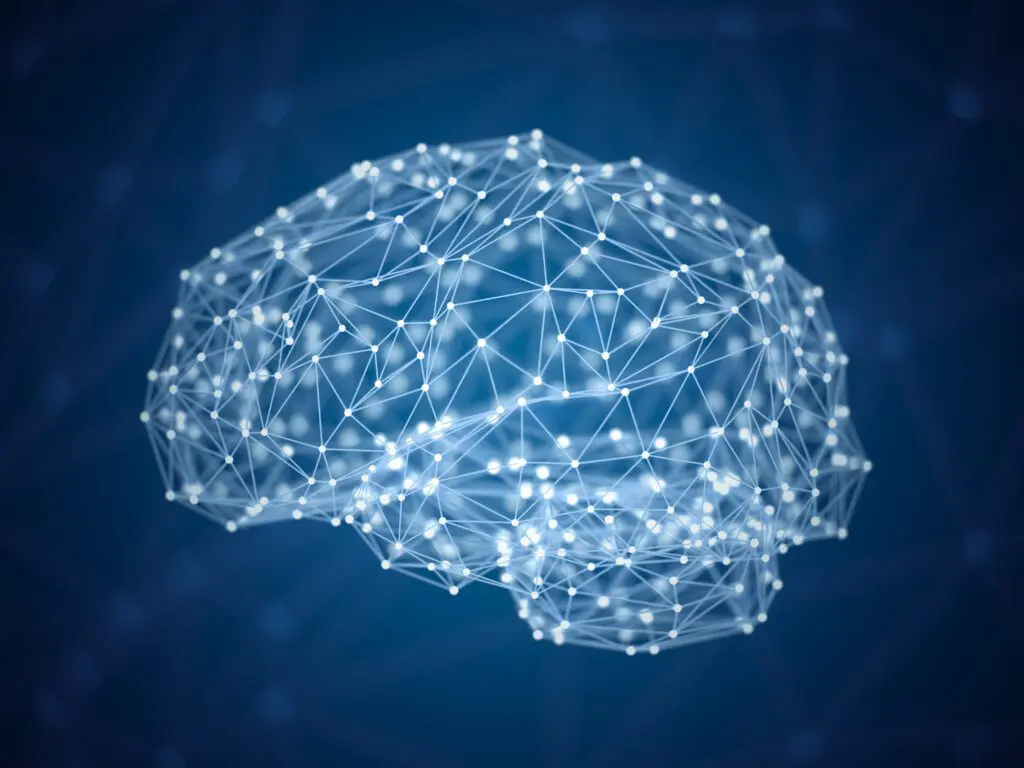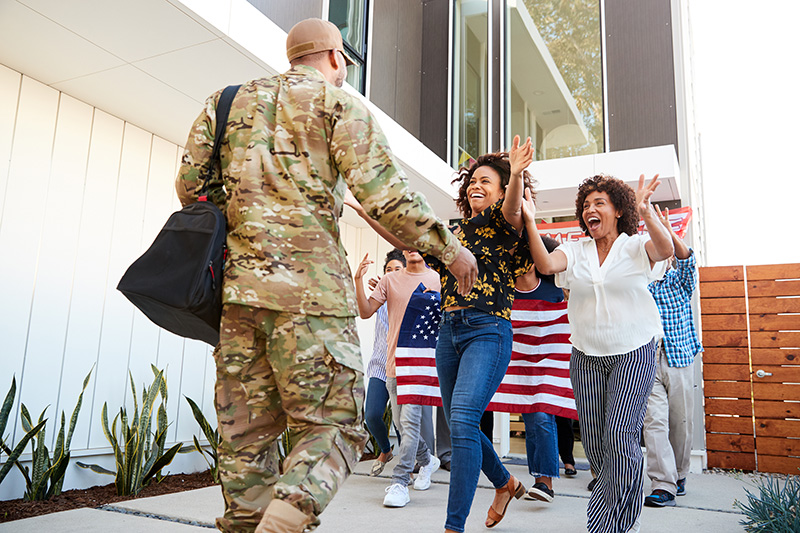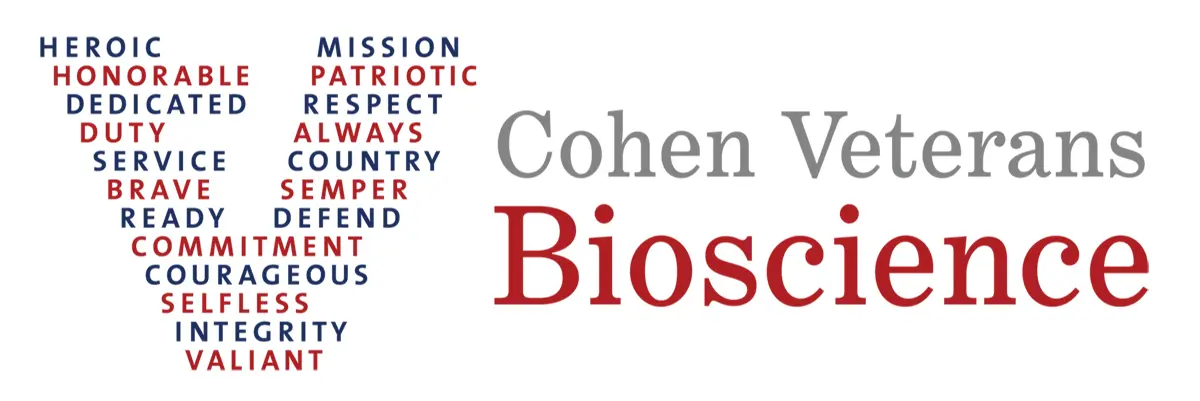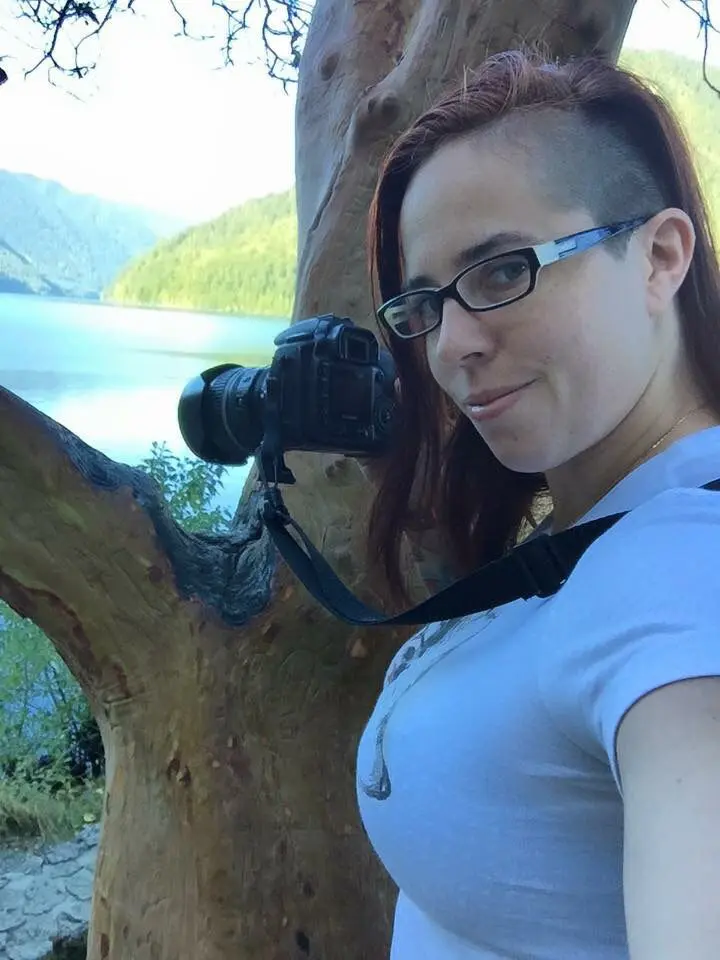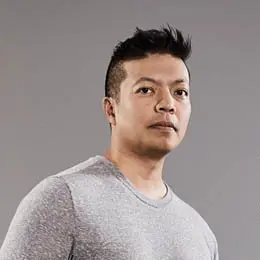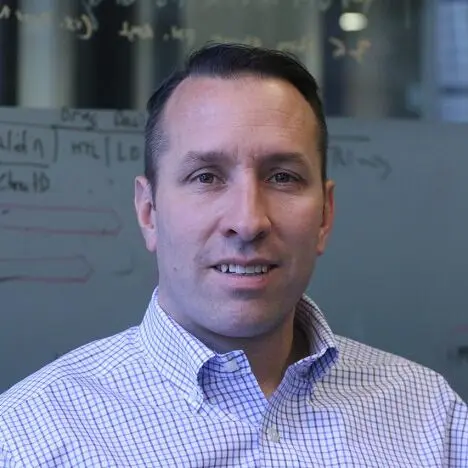Dr. Stone recently discussed the latest developments in blast exposure with CVB.
What are Breachers and what makes them an ideal community to partner with to better understand blast overpressure exposure in operational personnel?
Breachers are operational personnel who receive specialized training to gain entry through hardened structures. A part of their skillset involves the utilization of small explosive charges to accomplish their mission goals. During training and operations, Breachers may be exposed to repeated low-intensity primary blast overpressure and more senior members of the Breaching community have reported anecdotal neurological symptoms. While explosive blast may cause traumatic brain injury (TBI) as a part of an individual injury event, these exposures are often complicated by head impact, acceleration/deceleration, and penetrating shrapnel. As such, it can be difficult to precisely determine the role of primary blast overpressure in the setting of multifactorial brain insults. Breachers and other operational communities are exposed to repeated low-intensity blast exposure without complicating features during training and operations. By partnering with repetitively blast exposed communities, we can better understand the neurological effects of primary blast exposure while also providing these communities key information needed to inform policy and practice to maintain brain health in exposed personnel.
What types of symptoms do Breachers experience and how do those symptoms compare with other individuals with mild traumatic brain injury?
Symptoms that have been reported in Breachers include sleep pattern disturbances, short term memory loss, headaches, mood changes, slowed thinking, loss of balance, and tinnitus. Most of these symptoms are fairly nonspecific and may be seen in individuals with mild TBI as well as other neurological disease processes.
In your study, you used neuroimaging and blood-based analyses to compare Breachers with a control group. What types of changes in the brain did you find and how can these findings be used to improve either the diagnosis or treatment of brain injury in Breachers and beyond?
A key feature of the Experienced Breacher project was the utilization of a unified statistical data analysis framework known as Similarity-driven Multiview linear reconstruction (SiMLR). This is a powerful tool that allows for the discovery of unobserved variables within a dataset by utilizing the entirety of the data in the analysis while addressing issues with datasets that contain a large number of variables by reducing to those variables which are most important.
Using this toolset, changes were seen in advanced magnetic resonance imaging (MRI) based measures of cortex, white matter, blood flow, and brain connectivity. Additionally, analysis of the blood-based biomarker measures demonstrated that measures of inflammation were significantly increased in brain-derived proteins as compared to total circulating serum proteins.
The implications of these observations are several-fold. First, it is possible to acquire imaging containing information that may reveal changes within the brains of blast exposed personnel using standard clinical imaging equipment. That said, the ability to adequately identify and interpret that information in the context of a single individual is presently lacking. Advanced imaging can be readily analyzed at a population level. However, tools to define diagnostic patterns of change on quantitative imaging at the individual level are currently very limited. The work Cohen Veterans Bioscience is performing in establishing a Normative Neuroimaging Library will go a long way in helping to establish a key foundation to bridge the gap between these advanced research tools and their clinical use.
Furthermore, the finding of elevated inflammation measures within brain-derived proteins of career Breachers compared to controls provides important information concerning potential chronic neurological processes within the brains of blast exposed personnel. These findings are currently being validated in larger studies of other operational communities as well as initial studies exploring brain imaging approaches for directly imaging inflammation.
How can findings from studies like yours guide decision makers about the risks of occupational blast exposure?
This is the first study to demonstrate long term neurological effects of repeated low-intensity blast exposure through a comprehensive assessment of Breachers exposed to blast over a career. It raises concerns that repeated low intensity blast exposures in operational communities may result in cumulative neurological changes and underscores the importance of further studying these communities to identify key limits of safe exposures. Within the past year, important tools have emerged to help better understand the context of blast exposure within individuals that may be repetitively exposed. The Blast Exposure Threshold Survey (BETS) is a structured survey that helps to identify the context of blast exposure in a given individual. This survey also generates an index known as the Generalized Blast Exposure Value (GBEV), which incorporates self-reported information concerning length, frequency, and overall intensity of exposure as defined by specific exposures to weapon systems and/or explosives. Ongoing studies are incorporating the BETS and GBEV into their protocols and will be able to describe any observed chronic neurological effects in the context of this structured self-reporting on prior exposures. This follow-on data will help to guide decision makers on both the risks as well as safety thresholds related to repeated blast exposures.
How did the collaboration with CVB help your lab to more deeply assess the biomarker profiles of the participants in your study?
CVB provided critical support for the SiMLR unified statistical framework through a partnership with Office of Naval Research (ONR). That effort has been a multi-year program, performed in parallel with the Breacher work, that has been focused upon expanding principal component analysis (PCA) and canonical correlation analysis (CCA) based methods towards a statistical framework that is not limited by the number of modalities that may be considered simultaneously. The method paper describing SiMLR was recently published in Nature Computational Science. SiMLR was critical to the analysis of the Breacher dataset and the partnership with CVB and ONR was key in helping to establishing the support needed for that development activity.
What are the future directions for your research and how do you plan to expand upon these early findings?
Ongoing work is exploring whether chronic neurological alterations are seen in other populations of operational personnel exposed to repeated low-intensity blast such as artillery service members. Additionally, work is underway exploring PET imaging of inflammation in blast exposed personnel.
Read more about Dr. Stone’s research: Functional and Structural Neuroimaging Correlates of Repetitive Low-Level Blast Exposure in Career Breachers published in Journal of Neurotrauma.
